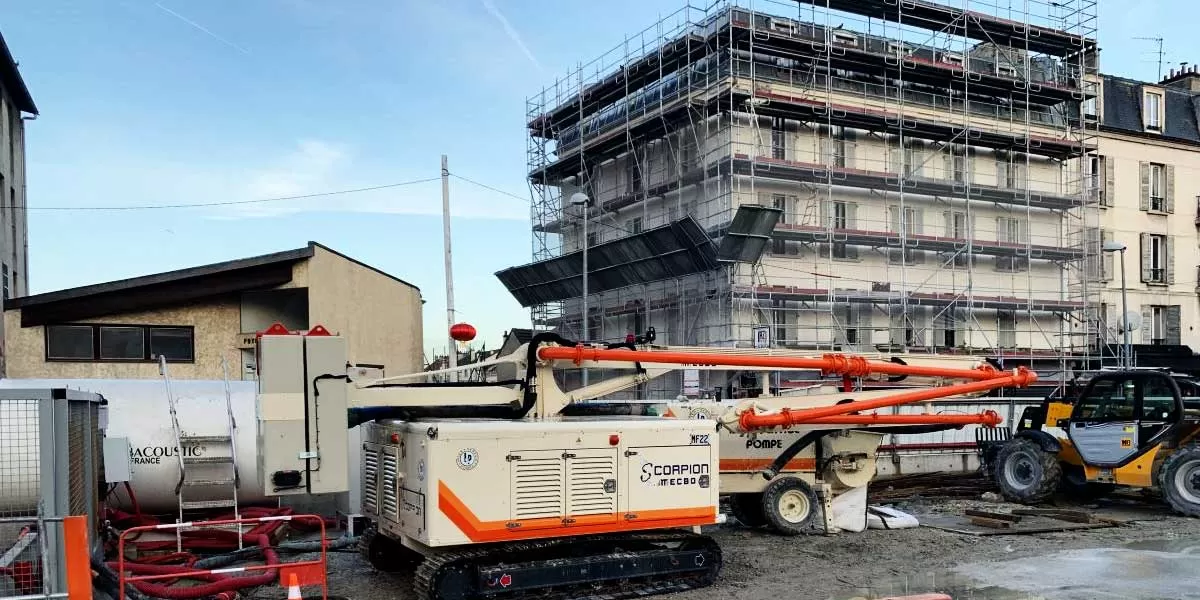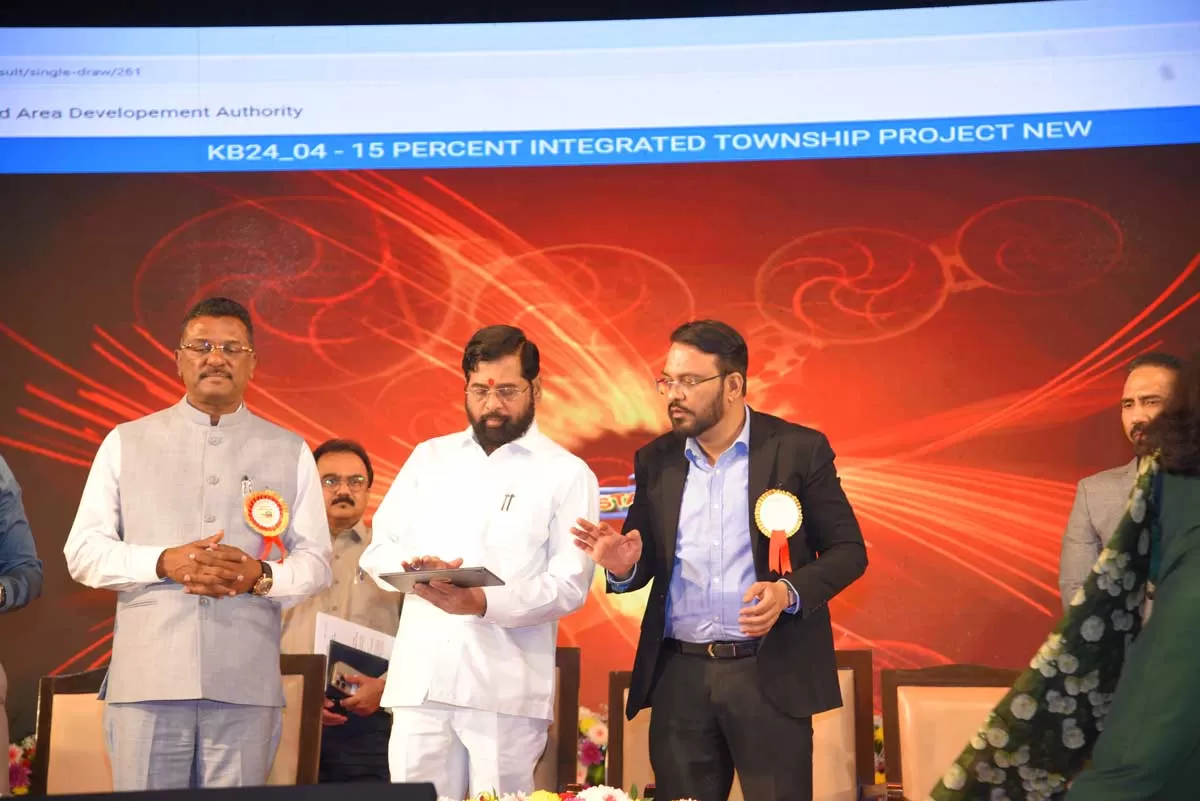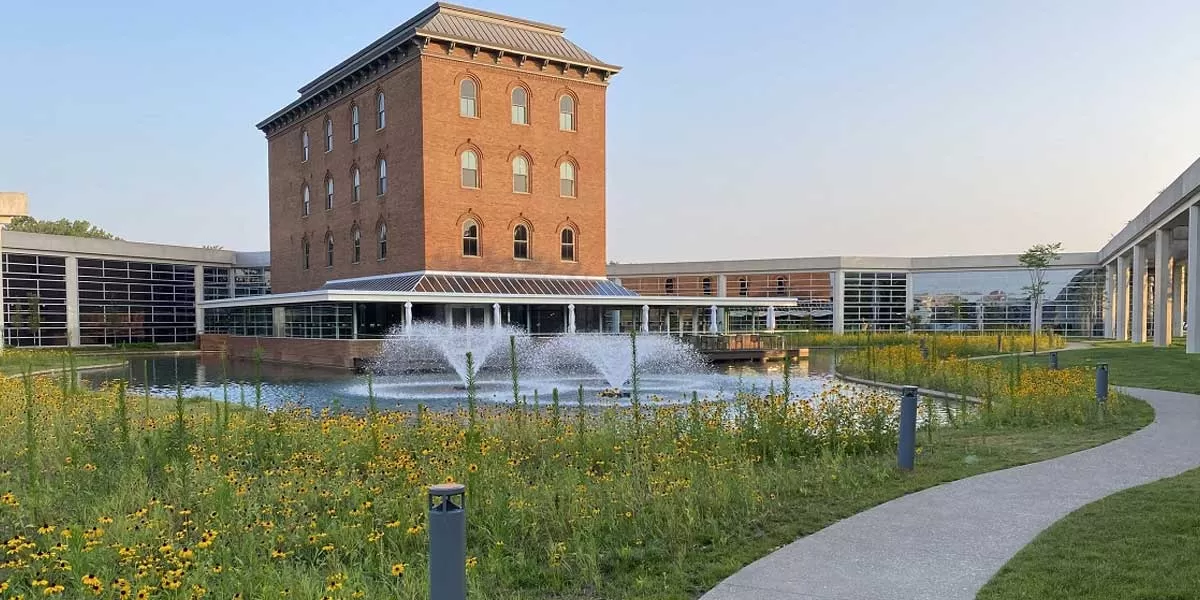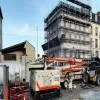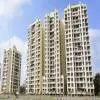For residential real estate, the first COVID-19 wave in 2020 had a significantly deeper impact than the second wave this year. ANAROCK data reveals that housing sales in Q2 2021 stood at approximately 24,570 units across the top 7 cities, increasing by 93% annually but dropping by 58% Q-o-Q.
12,740 units were sold in the corresponding quarter of 2020, and 58,290 units in the preceding quarter (Q1 2021). MMR and Pune drove a massive share of housing sales between April and June 2021 with a 46% share of the total sales.
Meanwhile, despite localized lockdowns and restrictions due to the second wave, developers launched new projects (mostly digitally) and put approximately 36,260 units on the market across the top 7 cities. Interestingly, Hyderabad is the frontrunner in overall housing launches with approximately 8,850 units launched in Q2 2021 - followed by MMR with 6,880 and Bengaluru with 6,690 units.
Notably, the premium budget category (priced between Rs 80 lakh to Rs 1.5 crore) saw maximum new launches in the quarter with a 36% share. Next came the mid-range segment (priced between Rs 40-80 lakh). Unlike in previous quarters, affordable housing accounted for just 20% of the new supply in Q2 2021.
Anuj Puri, Chairman, ANAROCK Property Consultants, says, "The second COVID-19 wave definitely impacted overall residential property market activity in the second quarter this year when juxtaposed against the preceding quarter. However, compared to the corresponding period of 2020, the sector displayed remarkable resilience. To the backdrop of developers adopting technology in their businesses, there was a huge yearly jump in both new launches and sales. Importantly, the localised lockdowns and restrictions did not dent activity as much as the complete nation-wide lockdown last year”.
“Additionally, we saw the rising dominance of listed and leading developers whose sales share against the smaller and unorganized ones increased further in the quarter amid the second wave – from 40:60 previously to 43:57 now. Back in FY2017, the ratio was 17:83. The impact of the second wave was felt more intensely by smaller and unorganised players.”
“Restrictions are now easing across cities and the vaccination drive is gathering momentum. We, therefore, anticipate residential demand to see steady growth in the upcoming quarter. The previously-noted structural shift in housing demand continues - many current homeowners seek to upgrade to larger homes and the previously purchase-averse millennials remain very active property buyers.”
Q2 2021 Sales Overview
Approximately 24,570 units were sold in Q2 2021 across the top 7 cities, against around 58,290 units in Q1 2021 – marking a decline of 58% Q-o-Q. NCR, MMR, Bengaluru, and Pune together accounted for 74% of the sales in this quarter. Compared to Q2 2020, housing sales increased by 93% in Q2 2021.
MMR is the frontrunner in housing sales in Q2 2021. On a yearly basis, sales in MMR rose by 104% - 7,400 units sold in Q2 2021 against 3,620 units in Q2 2020. Quarterly, sales in MMR dropped by 64% from approximately 20,350 units sold in Q1 2021.
Pune came next with around 3,790 units sold in Q2 2021 against 2,160 units in the corresponding quarter last year, and 10,550 units sold in Q1 2021 – a 75% y-o-y increase and a 64% Q-o-Q decline.
NCR sold approximately 3,470 units in Q2 2021 against 2,100 units in the corresponding period last year – an annual increase of 65%. Quarterly, housing sales decreased by 61% (from 8,790 units in Q1 2021).
Bengaluru recorded sales of approximately 3,560 units in Q2 2021 as compared to 2,990 units a year ago – a 19% yearly increase. On a Q-o-Q basis, sales in the city declined by 59% (from 8,670 units in Q1 2021).
In Hyderabad, 3,240 units were sold in Q2 2021 as compared to 660 units a year ago, and 4,400 units sold in Q1 2021 – an annual increase of 395% and a Q-o-Q decrease of 26%.
In Chennai, approximately 1,590 units were sold in Q2 2021, increasing by 231% y-o-y and decreasing by 44% against Q1 2021.
In Kolkata, 1,520 units were sold in Q2 2021, increasing by 108% annually and declining by 43% against the preceding quarter Q1 2021.

Q2 2021 New Launch Overview
The top 7 cities saw around 36,260 new units launched in Q2 2021 as compared to 62,130 units in Q1 2021 - a decrease of 42% Q-o-Q due to the 2nd COVID-19 wave. The Southern cities Hyderabad, Bengaluru and Chennai accounted for 51% of the total new launches during Q2 2021. In Q2 2020 a mere 1,400 units were launched across the top 7 cities.
Approximately 8,850 units were launched in Hyderabad – a decrease of approximately 30% from Q1 2021. Interestingly, over 75% of the new supply was added in the Rs 80 lakh to Rs 2.5 cr budget segment. In Q2 2020 the city saw no new launches at all.
Bengaluru added approximately 6,690 units in Q2 2021 a Q-o-Q decrease of 13%. Over 75% of the new supply was added in the sub Rs 40 lakh to Rs 1.5 cr price bracket. In Q2 2020, just 590 units were launched.
Pune added a new supply of approximately 4,920 units in Q2 2021 compared to 13,820 units in Q1 2021 - a decrease of 64%. Approximately 60% of the new supply was added in the Rs 40-80 lakh price bracket. In the corresponding period in 2020, the city saw just 750 new units launched.
NCR added approximately 3,820 units in Q2 2021, a Q-o-Q decrease of 43%. Approximately 69% of the new supply was in the Rs 40-80 lakh price bracket. In Q2 2020 the region saw no new launches.
In MMR, new launches declined by 54% in Q2 2021 against the preceding quarter. Approximately 6,880 units were launched in Q2 2021 while in the corresponding quarter last year, there were no new launches.
Chennai added approximately 3,110 units in Q2 2021 a Q-o-Q decrease of 33% over Q1-2021 and a 100% jump over last year.
Kolkata added approximately 1,990 units in Q2 2021, an increase of 10% over Q1 2021. Over 73% of the new supply was added in the affordable segment.

Unsold Inventory
Unsold inventory across the top 7 cities increased by 2% in Q2 2021 over Q1 2021 since new supply outpaced overall absorption numbers in this quarter. Unsold inventory increased from 6,41,860 units in Q1 2021 to approximately 6,53,540 units in Q2 2021. On a yearly basis, the overall unsold stock in the top 7 cities increased by 3%. However, the two major realty hotspots - MMR and NCR - saw their unsold stock decline by 6% and 1% respectively.
Price Movements
Due to the second COVID-19 wave, average residential property prices across the top 7 cities remained stagnant in Q2 2021 against the preceding quarter. On a yearly basis, Bengaluru and NCR saw the average residential prices rise by 2%, while MMR, Pune, Hyderabad and Chennai saw average property prices increase by 1%. Kolkata saw no yearly change in average property prices.


